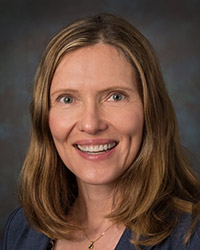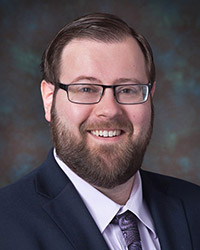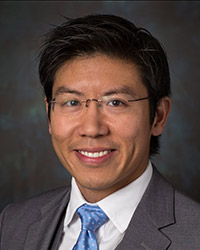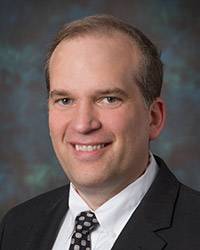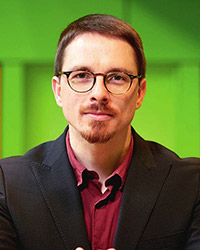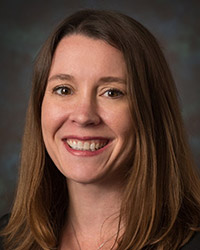Home | Publications | Research | Team | Contact | Careers
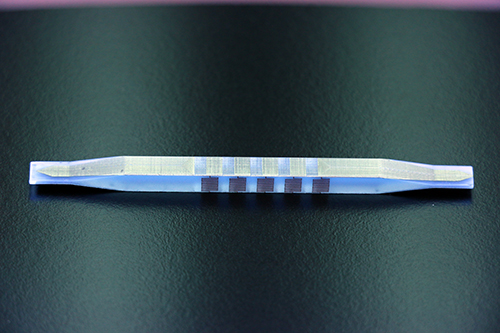
Engineered RF MaterialsERFM
- Conformal, reconfigurable antennas and arrays
- Multifunctional, thin, sensing systems
- Thin surfaces for waveform shaping
- Coupling of RF and optical for microwave photonics and advanced quantum computing and sensing
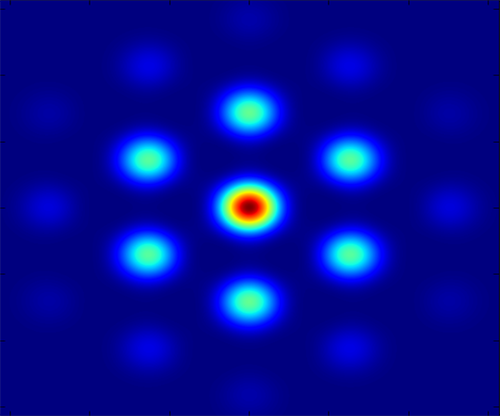
NanomaterialsNano
- Highly sensitive, uncooled detectors;
- Extreme, multi-scale thermal transport;
- Atomically thin electronic and photonic devices;
- High quality printed RF metamaterials and components;
- Computing architectures with synaptic-like inorganic devices;
- Functional devices via directed assembly of nanoparticles; and
- Metamaterials with tailorable properties
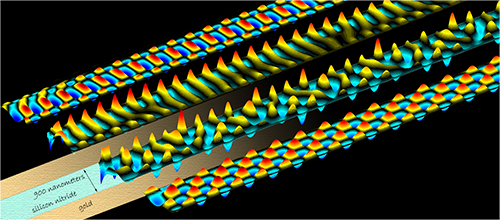
Nanophotonics & PlasmonicsNP
- Innovative power generation/reclamation schemes for thermal “balancing” of airborne platforms;
- Ultra-compact, conformal integrated optics for backscatter-free apertures; and
- Transformative solid- state solutions to replace complex, heavy systems in communications and sensing.
New Semiconductors & DevicesNSD
- Reduced size, weight and power consumption;
- Ultra-wideband, tunable RF;
- New thermal solutions for high power electronics; and
- Enable disruptive capabilities for satcom, radar, and electronic warfare/electronic attack.
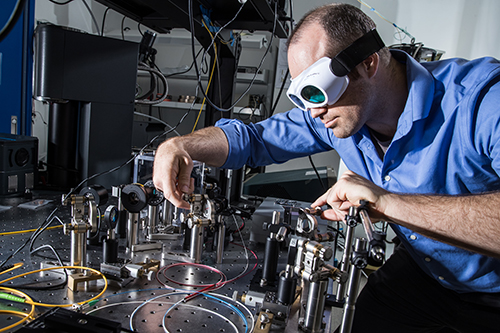
Quantum Sensing & Metrology (inactive)QSM
- Reduced size, weight and power consumption;
- Quantum integrated circuits for quantum computing, communications, remote sensing; and
- Quantum optics for breakthrough communications, imaging, remote sensing
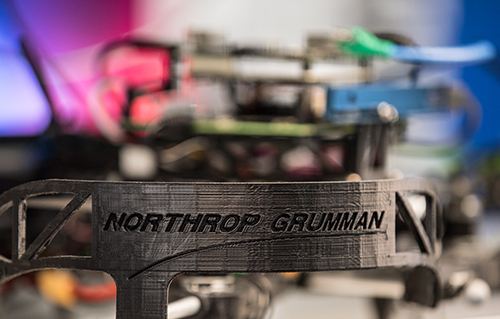
Cognitive Autonomy (inactive)CA
- Recognize, categorize, and identify relationships between entities;
- Achieve robust and comprehensive situational awareness;
- Integrate stored data with real-time observations to predict future activities and make quick decisions/suggestions;
- Learn to handle complex and novel situations; and
- Create automated planning and scheduling to dynamically achieve goals.
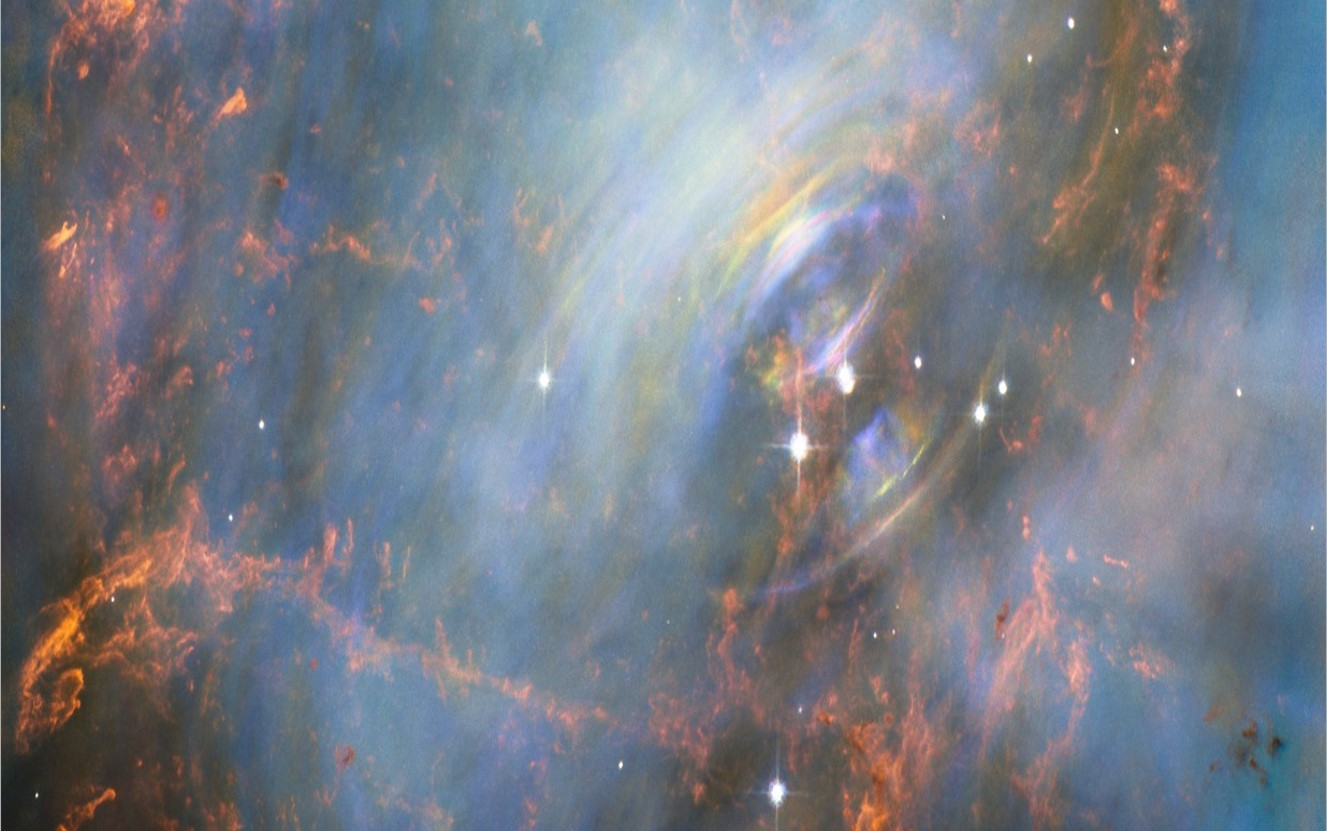
Exoplanet Atmospheres & Characterization (inactive)EAC
- Predict characteristics of Earth-twins around distant stars to direct focused observation;
- Facilitate simulation/modeling advances in machine learning, background/noise-reduction, and big-data analysis;
- Enable next generation space-based sensor instrumentation; and
- Spark further engagement by the general public in this quest.
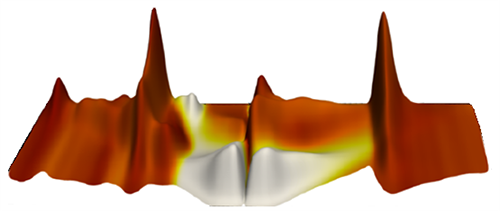
Non-Equilibrium Excited State Dynamics (inactive)NESD
- A deeper understanding of fundamental physics impacting hard problems in research and national security;
- Accurate design and optimization of disruptive new sensors, imaging systems, computation, and high power, compact energy conversion; and
- Extreme multifunctional materials: combining mechanical, electronic, optical, magnetic properties in a single structure/device.
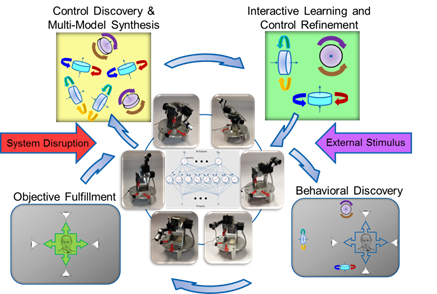
Resilient Design (inactive)RD
- Ultra-high dimensional resilient design – dynamics of thinking;
- Self-aware systems;
- Design for resilience – complexity, immunity and self-healing; and
- Resilient structural materials for the 21st century
